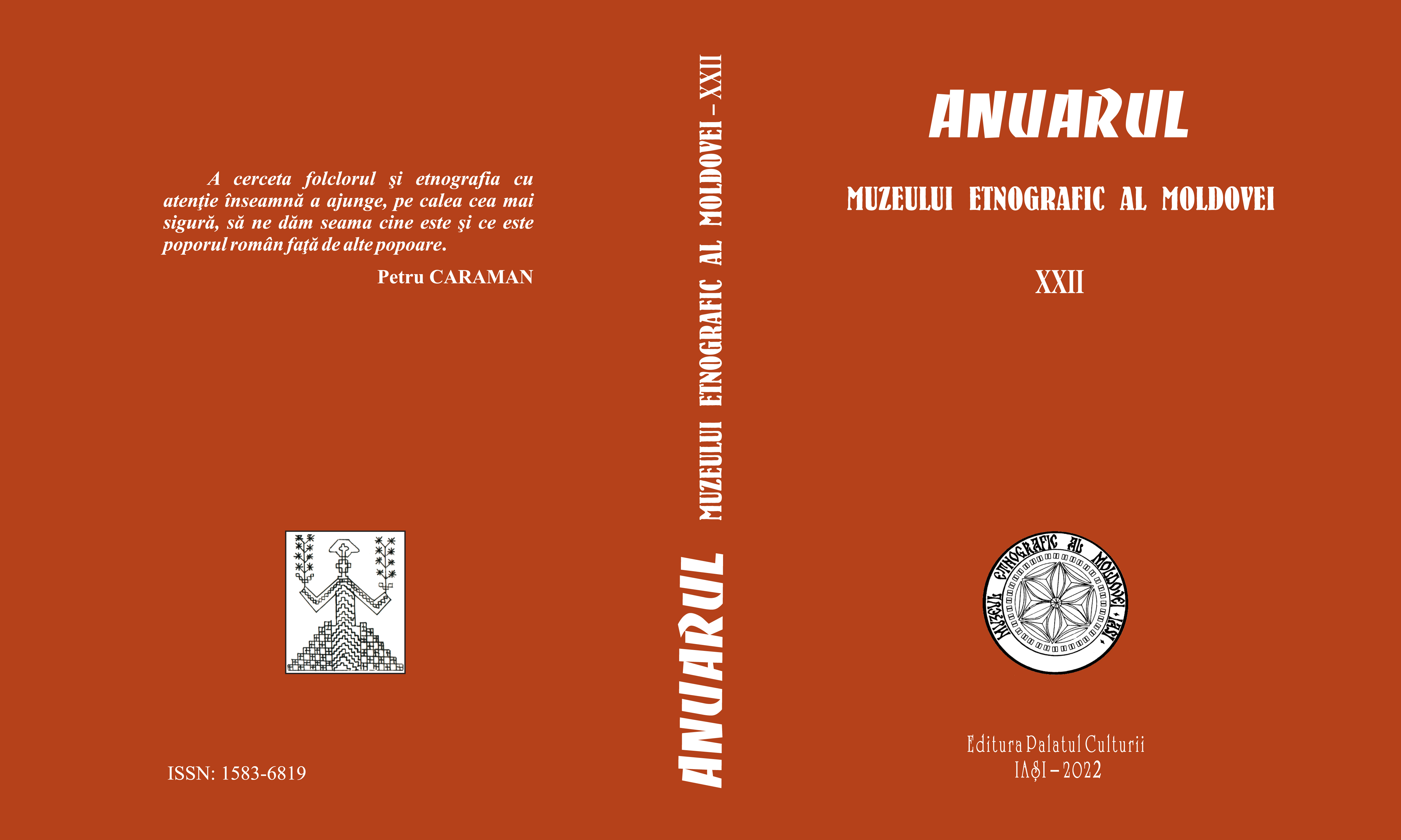Contribuţii la cunoaşterea influenţelor romane asupra costumului popular românesc
Contributions to the Knowledge of the Roman Influences on the Romanian Folk Costume
Author(s): Arcadie BodaleSubject(s): Customs / Folklore, Ethnohistory, Cultural Anthropology / Ethnology
Published by: Editura Palatul Culturii
Keywords: folk costume; Romanians; Thracians; Dacians; Roman Empire;
Summary/Abstract: Unanimously, the Romanian historians and ethnologists agree that the origins of the Romanian folk costume are Thracian/Dacian. But, until now, they have studied the Romanian folk costume strictly from the perspective of the belief that only the Romanians are descendants of the Thracians and Romans, without a comparative analysis of all the folk costumes from the former Thracian space and of the costumes of the people formed on the territory of the Roman Empire. Therefore, it has been overlooked that since the conquest of Dacia, the popular costume of the Daco-Romans and of the Romanians has been massively influenced by the Roman civil and military costume, such as the apron and the embroidery on the shoulders of the women blouses or the costume of the Călușari dancers. However, the Roman influence caused the popular port in a large part of the Thracian space (the provinces of Thrace, Moesia, Dacia and Illyricum) and acquired distinct features from the ethnographic areas specific to the free Dacians. It is also noticed that there are two other major ethnographic areas in the territory of the Dacians who remained outside the Roman Empire. Thus, in the northwest of the province of Dacia, a distinct ethnographic area was formed, which is characterized by the short shirt and wide skirts of the men, while the women’s folk costume was strongly influenced by the folk costume of the Roman Empire. The defining features of the men’s costume seem to have been influenced by the clothing of some Central European populations, especially from the Middle Ages. On the other hand, another major ethnographic area is extremely conservative, as it has preserved the archaic structure of the male and female costume of the Dacians as it is illustrated on Trajan’s Column and the Adamclisi Monument. This distinct ethnographic area roughly corresponds to the mountain areas on both sides of the Eastern and Southern Carpathians, as well as the largest part of the territory of Moldavia, from Pokuttia to southern Bessarabia. At the same time, in all these ethnographic areas, including the south of Danube, a piece of popular port (a special pleated skirt) can be found sporadically (discontinuously on the Romanian territory) that can be attributed to the migration of the Slavs to this part of Europe.
Journal: Anuarul Muzeului Etnografic al Moldovei
- Issue Year: 2022
- Issue No: 22
- Page Range: 133-158
- Page Count: 26
- Language: Romanian

